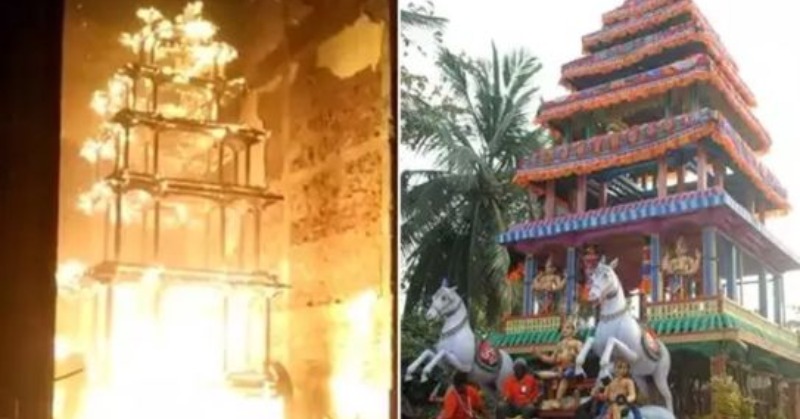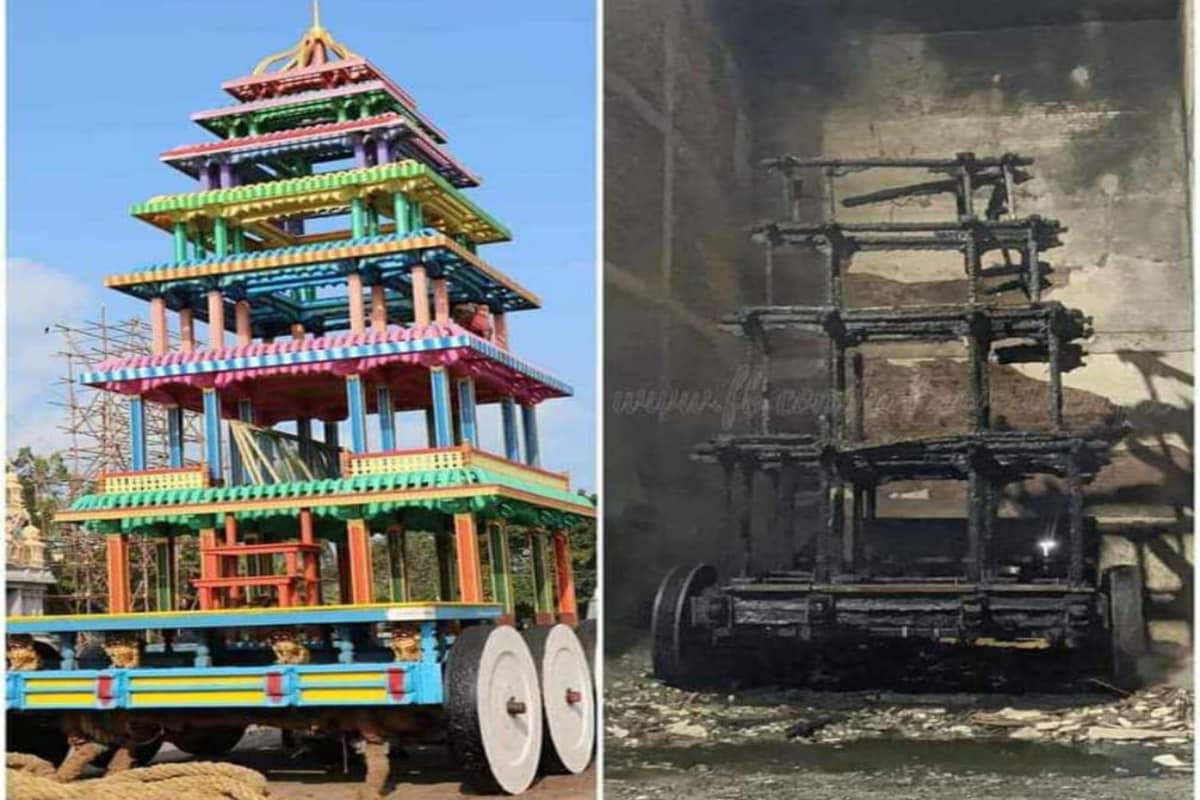

However there was Raktabeeja, a rakshasa who prevented and started destroying everything. He requested Godavarti to give water and she sent a stream to this place. According to sthala puranam, Vashishta did penance here in Krita yugam. Tasty food for the south Indians with rice, a sweet and dal. After the puja and darshan, Annadanam is available. Since this happens to be a very small village even food available is of mediocre range. It is a tolerable accommodation clean but has no food facilities. Earlier I had booked online accommodation at the Devastahanam managed Guest House. We got down in Rajahmundry and went by cab to Antarvedi (a distance of about 100 kms - 2.30 mts journey) It looks almost the end of the land and of course it is the place where Vasihtha Godavari ( a branch of Godavari) meets the bay of Bengal.

One can also travel from Rajahmundry (100 kms.)and Amalapuram(65 kms.) to see this famous temple. Other places to see at this place are Sagara Sangamam, Raktakulya, and Gurralakka temple. Located in the scenic surroundings this temple provides a very peaceful and pious holy spot for devotees. The nearest railway stations are Palakollu and Bhimavaram. The nearest town is Narasapur just 20 kms from here. choultry provides accommodation for devotees coming to this place. other ceremonies like Annaprasana, upanayanam and Gopuja are also done here. To avert vaasthu and bad effects of planets, many devotees perform Narasimha Sudarshana Homam here between 10.00 a.m and 12.00 p.m. One can see Nijarupa Darshanam (main idol without any decorative shield) between 6.00 a.m. This is the only one Narasimha Kshetram where daily Panchamrita Abhishkam is done every day between 8.00 a.m. In this circular 54-foot high two-storeyed structure, one can see the sacred Saligrama Kurma ( the idol of sacred tortoise found in the pond by a fisherman)on the first floor and the statues of seven sacred sages on the second floor. Just a little distance from here a very beautiful building called Vasisthalaya is seen which was constructed in 2005. Now it is under the management of Religious Endowments Department. This temple was managed by Peddapuram Rajas during 18th century and later by Mogaltur Rajas in 19th century. Arjuna during his pilgrimage is said to have visited this temple. Later Lord Sri Rama worshipped Neelakanteswara. Hence this place was called Antarvedi which means a place with a sacrificial altar. On the other side of the main temple Lord Neelakanteswra’s temple is seen.This shrine is more primitive than the main temple and Lord Brahma is said to have performed Yagna and installed Shiva Linga here. The sannidhi of Alwars is also seen here. On the south side of the main shrine one can see a shrine for Lord Anjaneya with four hands who is the Kshetrapalaka or guardian deity of this temple. On the west side Santana Gopalaswamy’s shrine is seen. On the north side there is a shrine for Ranganatha swamy and His consort Bhudevi. On the east side of this shrine there is a separate shrine for Rajya Lakshmi and Lord Venkateswara. The statue of Lord Narasimha is seen along with Lakshmi seated on His left side.

On the roof of this temple the picture of Vatapatrasai (Krishna sleeping on a floating banyan leaf) is seen. Sage Vasistha prayed to Lord to stay there along with Lakshmi. Lord Narasimha washed His chakra (discus) at a place called Chakra Thirtha. After the death of Rakta Vilochana the stream of blood was let out by Maya to form a pond called Rakta Kulya.

He created Maha Maya, also called Ashwaroodambika or Gurralakka to suck the blood of the demon as he got a boon from Brahma that blood falling from his body would produce another demon of equal strength. Lord Narasimha fought with the demon and killed him using His Sudarshan Chakra. He prayed to Lord Narasimha when the demon Rakta Vilochana, son of Hiranyaksha, killed all his hundred sons. Sage Vasistha brought Godavari and dwelt here in his ashram. The Lord is seen with His consort Lakshmi beside the banks of holy Vasishta Godavari. Though the temple is not so big it is one of the most primitive thirty-two Narasimha Khestras in A.P. The temple tower has five storeys depicting various incarnations of Vishnu and sculptures of lions on four sides. The present structure is said to be built by Kapanati Krishnamma of Agnikula Kshatriya clan in 1823. This temple was constructed in 15th or 16th centuries by Pallava kings and later Peddapuram Reddy kings. This famous temple is located at the place of confluence where Vasistha Godavari joins the Bay of Bengal.


 0 kommentar(er)
0 kommentar(er)
